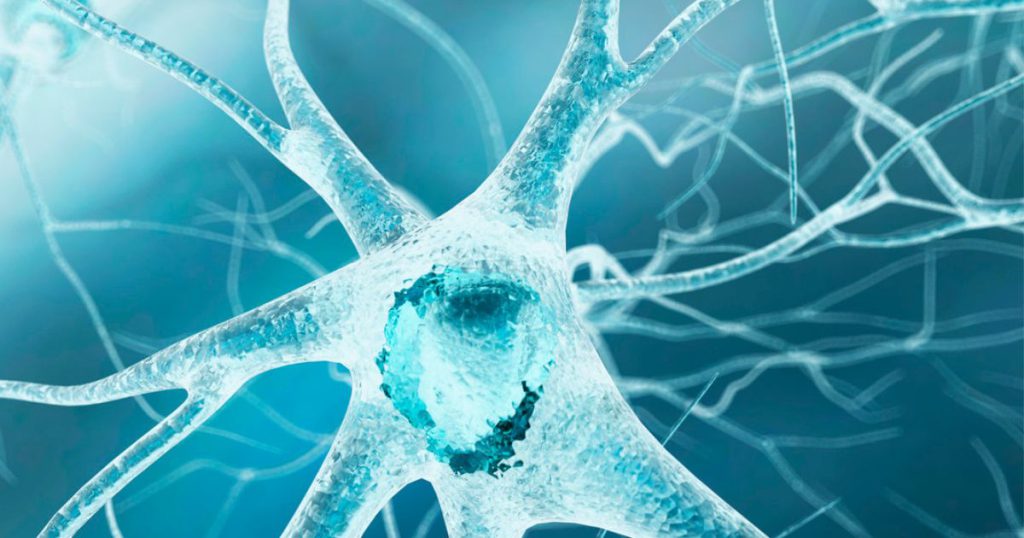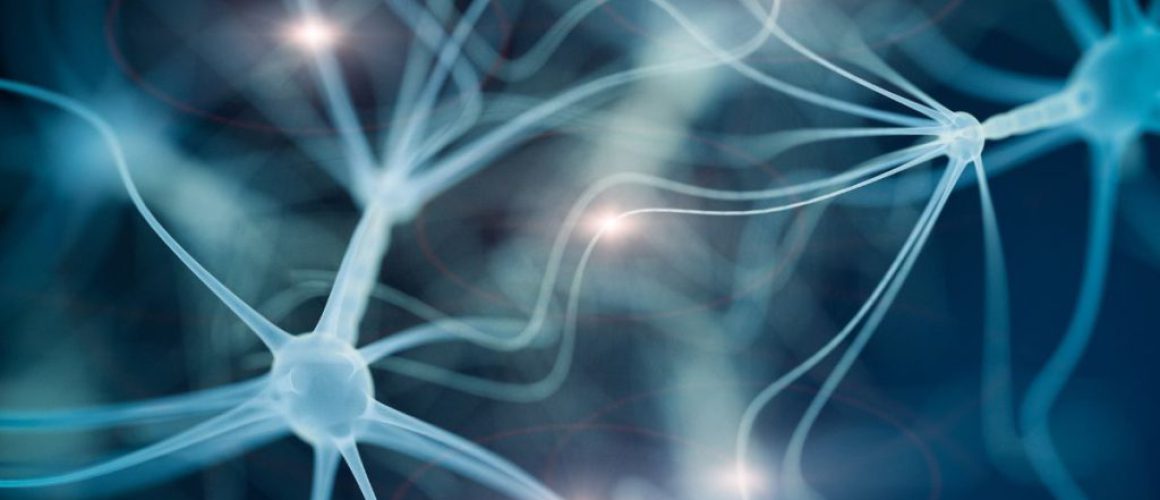Cell Signaling: The Molecular Language of Life
Table of Contents
Key Summary Table: Cell Signaling: The Molecular Language of Life
| Key Points |
|---|
| Cell signaling is a crucial process that allows cells to perceive and respond to their environment, ensuring harmony in cellular processes. |
| Cell signaling involves the transmission of signals from a cell’s exterior to its interior, triggering a response. Key players in cell signaling include proteins, enzymes, and transcription factors. |
| There are three main types of cell signaling: autocrine (a cell sends signals to itself), paracrine (a cell sends signals to its immediate neighbors), and endocrine (signals are sent through the bloodstream to reach cells far away). |
| Miscommunication or errors in cell signaling can result in conditions like uncontrolled cell growth and division (cancer) or immune system disorders. Current research is focused on understanding these signaling pathways to develop targeted therapies. |
| Cell signaling is a complex process that plays a crucial role in our health and wellbeing. Ongoing research in this field is enhancing our understanding of life at the cellular level and opening new doors in our quest to conquer disease. |
Welcome to the cellular chatter! In the world of ‘Cell Signaling: The Molecular Language of Life,’ cells are the talkative teens of biology. They’re constantly texting biochemical signals, coordinating everything from growth to immune responses.
Introduction
In the vast universe of cells that make up our bodies, communication is key, and this is where cell signaling, the molecular language of life, comes into play. Just as humans use language to communicate, cells use biochemical signals to relay information. This intricate system of communication allows cells to perceive and correctly respond to their environment, ensuring that all cellular processes occur in harmony.
Cell signaling in molecular biology plays the role of the conductor, orchestrating a symphony of molecular interactions that keep our cells functioning harmoniously.

Understanding Cell Signaling
Cell signaling is a complex process that involves the transmission of signals from the cell’s exterior to its interior, triggering a response. This process is crucial for maintaining the balance and functioning of biological systems. It’s like a game of telephone, where a message is passed along a chain of participants, each one relaying the message to the next. In the case of cells, the message is a biochemical signal, and the participants are various cellular components.
In the grand scheme of life, cell signaling is the conductor of the biological orchestra, ensuring that each cellular component plays its part at the right time. It’s a fascinating process that, despite its complexity, is elegantly efficient. From coordinating cellular responses to environmental changes to regulating cell growth and division, cell signaling is the unsung hero of cellular biology.
Key Players in Cell Signaling
- Proteins
- Enzymes
- Transcription factors
The Role of Proteins in Cell Signaling
Proteins, the workhorses of our cells, play a pivotal role in cell signaling, acting as messengers, receivers, and even interpreters. Proteins are involved in every step of cell signaling, from the production of signals to their reception and the subsequent cellular response. Some proteins act as signals, being released by one cell and detected by another. Other proteins act as receptors, detecting the signals and triggering a response within the cell.
Imagine proteins as the cellular equivalent of postmen and mailboxes. Some proteins, like postmen, carry messages from one place to another. Others, like mailboxes, receive these messages. But proteins go one step further. They also interpret the messages, triggering a series of events within the cell that constitute the cellular response. This intricate dance of proteins is what keeps our cells functioning and our bodies healthy.
Types of Cell Signaling and the Process of Cell Signaling
Cell signaling is not a one-size-fits-all process, but rather, it comes in different forms, each tailored to the specific needs of the cell. There are three main types of cell signaling: autocrine, paracrine, and endocrine. Autocrine signaling involves a cell sending a signal to itself, often to regulate its own functions. Paracrine signaling, on the other hand, involves a cell sending a signal to its neighboring cells, allowing for local coordination. Lastly, endocrine signaling involves signals being sent through the bloodstream, allowing for communication between distant cells.
Think of these types of cell signaling as different modes of communication. Autocrine signaling is like talking to oneself, useful for self-regulation and introspection. Paracrine signaling is akin to a conversation between neighbors over a fence, allowing for local coordination and community building. Endocrine signaling, on the other hand, is like broadcasting a message on national television, reaching even the most remote corners of the body. Each type of signaling has its unique role, and together, they enable cells to respond effectively to their ever-changing environment.
Types of Cell Signaling
| Type of Signaling | Description |
|---|---|
| Autocrine | A cell sends signals to itself |
| Paracrine | A cell sends signals to its immediate neighbors |
| Endocrine | Signals are sent through the bloodstream to reach cells far away |
| Juxtacrine | Signals are passed directly from one cell to another through physical contact |
The Impact of Cell Signaling on Health and Disease, and Current Research
Cell signaling is like the conductor of an orchestra, ensuring each cell plays its part at the right time. But what happens when the conductor loses the beat? When cell signaling stumbles, the harmonious symphony of our cells can quickly descend into chaos. Miscommunication or errors in cell signaling can result in uncontrolled cell growth and division, the notorious culprits behind cancer. It’s like a game of telephone gone wrong, where a simple misheard word can transform “divide occasionally” into “divide uncontrollably.”
But the impact of cell signaling doesn’t stop at cancer. Our immune system, the body’s dedicated defense force, relies heavily on cell signaling to coordinate its responses to invaders. When cell signaling is disrupted, our immune cells may fail to respond to threats, or worse, start attacking our own cells. It’s akin to a military general giving out wrong orders, leading to friendly fire or missed attacks. Autoimmune disorders and allergies are prime examples of what can happen when our immune system’s cell signaling goes haywire.
Despite these potential pitfalls, the study of cell signaling offers a beacon of hope. Current research in the field is like a group of detectives, tirelessly working to understand the complex language of cell signaling. By mapping out the intricate network of signals and responses, scientists are uncovering new ways to intervene when things go wrong. From developing targeted cancer therapies that correct faulty signals, to designing immunosuppressive drugs that calm overactive immune responses, the possibilities are vast and exciting. As we continue to decipher the language of our cells, we’re not just learning about life on a microscopic scale, we’re also opening new doors in our quest to conquer disease.
Cell signaling is not just about understanding how cells communicate; it’s also about understanding what happens when this communication goes awry, leading to diseases
Conclusion
In conclusion, cell signaling in molecular biology is a complex and fascinating process that plays a crucial role in our health and wellbeing. Through ongoing research, we are continually uncovering new aspects of this molecular language, enhancing our understanding of life at the cellular level. As we continue to decipher the language of cell signaling, we can look forward to new insights, new treatments, and a deeper understanding of the intricate dance of life.
This post is part of my Molecular Biology category. Also check out my series on Molecular Biology.
Other posts of interest: The Symphony of the Cell: Cell Signaling in Molecular Biology and Gene editing tools (e.g., CRISPR/Cas9)
Further Reading
Sean Schepers is a third-year Medical Technology student at Mahidol University with a passion for all things health and medicine. His journey into the world of medicine has led him to explore various fields. Sean's blog posts offer a unique perspective, combining his academic insights with personal experiences. When he's not studying or blogging, Sean enjoys keeping up with politics and planning his future career in medicine.
In addition to his studies, Sean serves as the chairman of the Rights, Liberties, and Welfare Committee, a role that reflects his commitment to advocacy and social justice. Beyond his academic pursuits, Sean offers tutoring services in English and Biology, further demonstrating his dedication to education and mentorship. His journey is one of continuous discovery, and he invites others to join him as he explores the dynamic and transformative world of medical technology.


